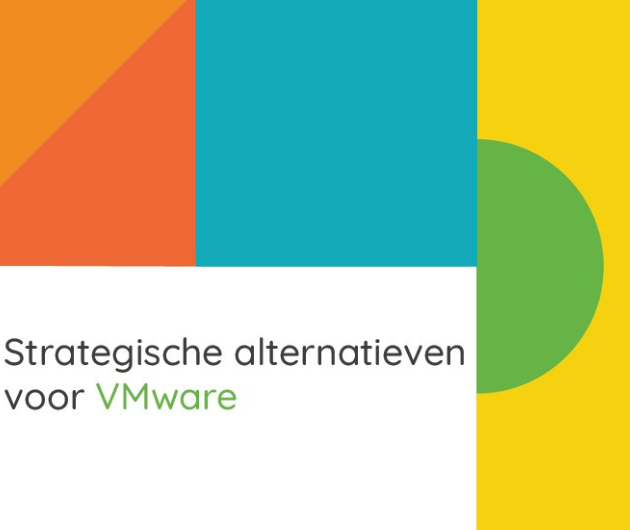Only competitors could fail to be impressed by the recent IBM product announcements. This is the very real threat that the IT industry needs to stop the stagnation and to create progress through competition.
The competition is obvious in some parts, particularly the hardware and the system software. It is not so obvious in the software, particularly since "software" is so diverse. The situation is abundantly clear at the operating system level, relatively clear for the middleware but rather confusing at the application level. For instance DB2 is a very real competitor to Oracle across the IBM range, but Oracle applications run with Oracle, not DB2, etc. This is also true today for Internet subsystems. IBM for example is partnering Ariba and i2, both of which use their own proprietary software and not the "standard" IBM WebSpher/MQSeries protocol.
However one key feature of the new products is the high degree of compatibility for middleware and applications across the range. Common middleware enables users to scale up from Intel/Linux or NT to Unix (AIX) or OS/400, and on to MVS (or whatever they are now called).
While this is all very acceptable, there is one other serious problem which IBM have made an attempt at resolving, namely software pricing for big systems.
Historically mainframe software was priced on the size of the machine on which it was installed. This made sense for the major applications, but created a severe problem for less dominant applications. Say for instance that the department of a large mainframe customer wants to run their own information system. There are say 20 people in that department and 5,000 total users. With some allowances, the basic problem was that the small department would be charged on a 5,000 user basis. The impact was obvious, the department simply went somewhere else – bought a Sun machine with SAS or something.
The impact of the "pricing per capacity" policy was that very few new types of application appeared on the mainframes, which was to IBM’s long term loss. It is surprising that this fact was not signalled as a major problem earlier.
Now, with the new "across-the-range" policy, IBM have had to do something sensible for the mainframe. The key advantage of the IBM mainframe over any other big system is the sophistication of the logical partitioning. Nowadays the partitioning is semi-dynamic. IBM claim dynamic partitioning but even they only re-allocate processors and I/O, not memory, but they are years ahead of Sun, et al. Thus while major partitions will be supporting thousands of DB2 and CICS users, other partitions will support Linux, Oracle, etc. Some of these could be small partitions, for example an experimental sub-system to introduce Linux to the organisation. And thus they need to be priced on a per-user basis not a total system basis if their use is to be encouraged, an important weapon in IBM’s armour to ward off attacks from Sun.
The new pricing policy then is referred to as Workload Level Pricing. It is based on the Unix Software Licencing Manager (XLSM). For any partition the operational manager can agree to pay for a given level of use; the user can transiently exceed this level, but the charge must be increased if and when it is exceeded on some agreed average. The idea is not to charge for short term peaks, but to charge for a reasonable monthly average usage. Since partitions are dynamically controlled, this new scheme means that operational staff can now provide a service for small groups of users, not on an hour-by-hour basic but on a reasonable average.
One obvious need for this change in pricing is the introduction of serious Linux services in mainframe partitions, but I suspect more specialist software product vendors such as SAS could get very excited. Obviously IBM has with this change enabled better relationships with some third party product vendors.
However these changes will not suit all third party product vendors. There is a very significant sector of the software industry which lives off value-added software for IBM mainframes. Most of these companies supply management and performance tools, plus some middleware products. Candle for instance provide monitoring tools for CICS, etc, as well as support for MQSeries. Computer Associates, largely through acquisitions, has a huge portfolio of mainframe software. Most of these have a decreasing number of users, e.g. as IDBMS is replaced by DB2, and the loss of revenue with Workload Level Pricing could be significant. I am sure there will be some dissenting voices over WLP!







